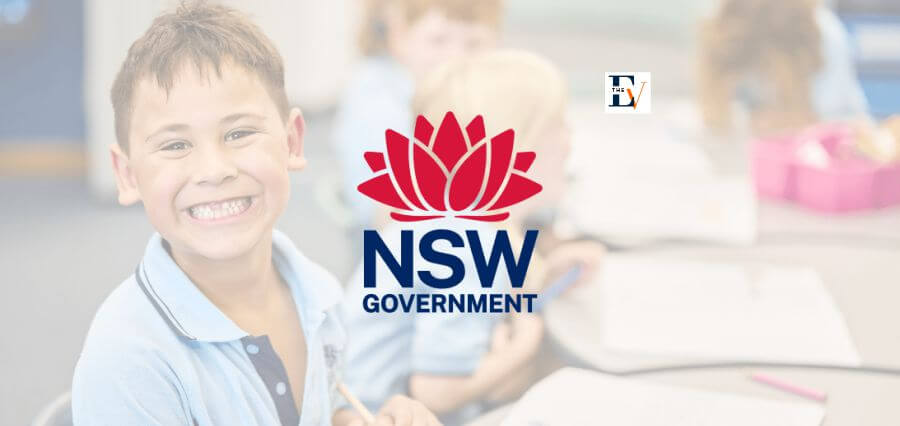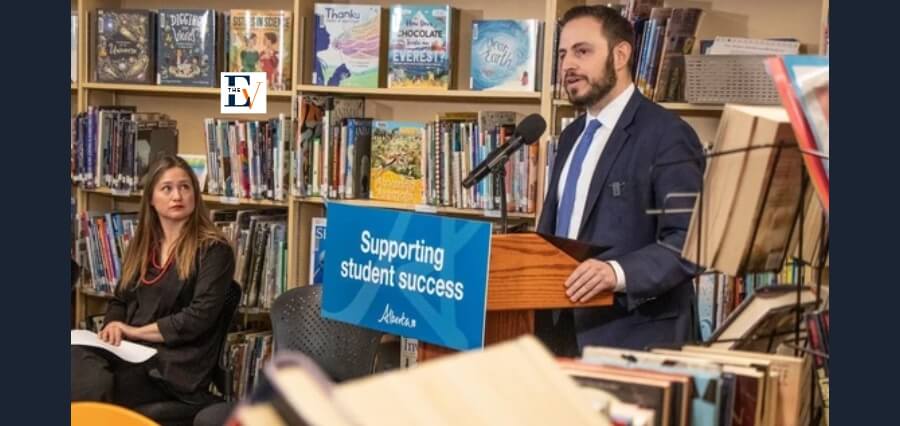Since demanding instruction in the three skills—reading, writing, and math—exemplified a well-functioning classroom, education has advanced dramatically. Today’s schools have an increasing list of subjects to teach, all vying for attention in the curriculum.
Though in many respects necessary and anticipated, growth seems to have lost something in the process. Over the past ten years, Australia’s educational performance has been declining internationally. According to the most recent NAPLAN, over 30% of Year 3 children countrywide lacked basic reading and numeracy skills.
The disparity in skills is even more concerning in secondary school, when 35% of pupils struggle with reading and 34% in numeracy. Although a wide range of circumstances, including socioeconomic status, undiagnosed learning disorders, and language proficiency, can affect educational success, educators and schools must be prepared to handle the obstacles that their students present. Sadly, the majority aren’t.
The skills and knowledge needed to be an effective teacher and the current Initial Teacher Education (ITE) programs are significantly different, according to a report last year from the Teacher Education Expert Panel (TEEP), which was commissioned by Education Minister Jason Clare.
The deficiency of content based on evidence is the root cause of this gap. The majority of ITE programs provide little in the way of empirically backed evidence-based content, and when they do, it’s usually in shallow enough doses for the trainee teacher to become proficient in using the material. Regrettably, this is what happens in classrooms all around the country. Treating beginning and advanced students equally is a mistake that a lot of teachers make.
An Olympic-level diver and a novice diver would never be trained in the same manner by a competent sports coach, who would never expect the latter to perform a difficult dive. Nonetheless, some educators believe that young pupils should “read” books before they are formally taught the correspondence between the letters and sounds found in the text.
Read More: https://theeducationview.com/






